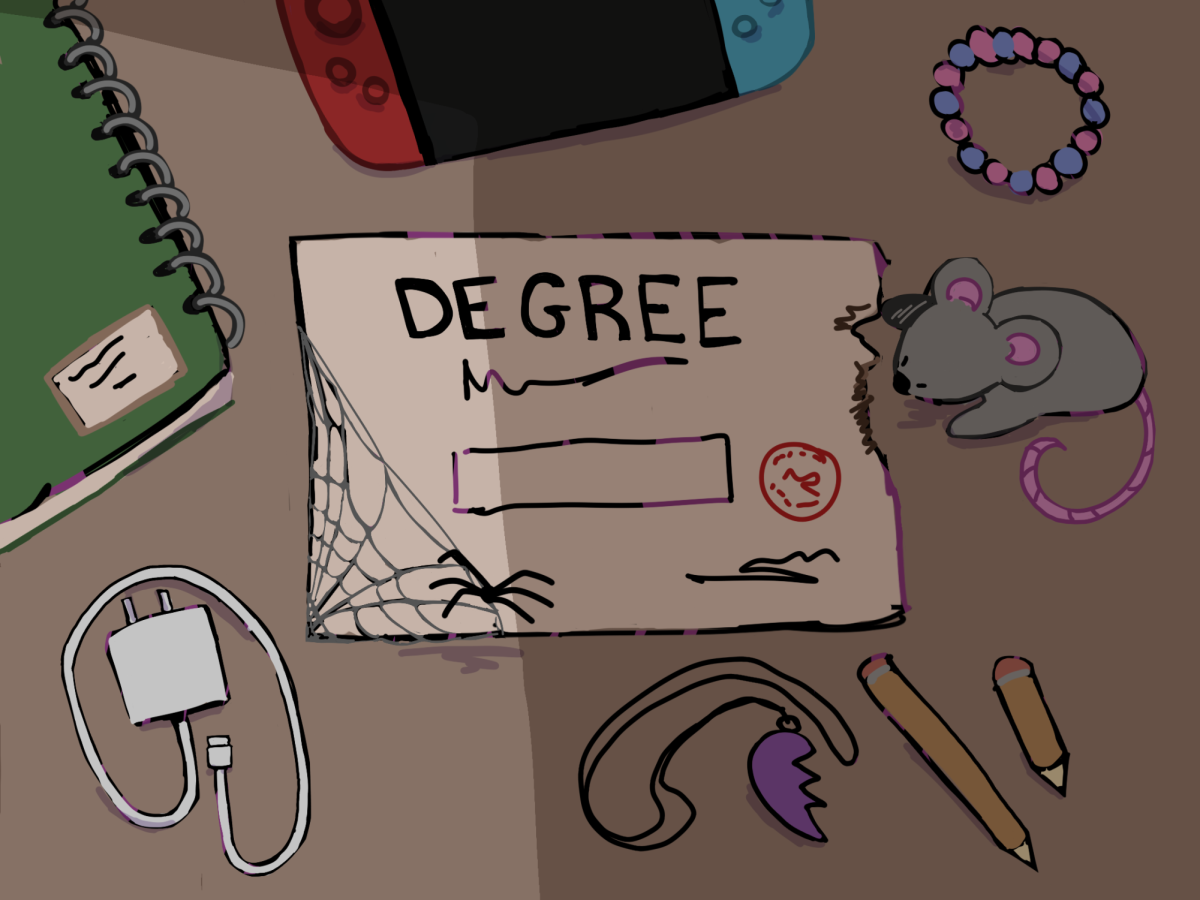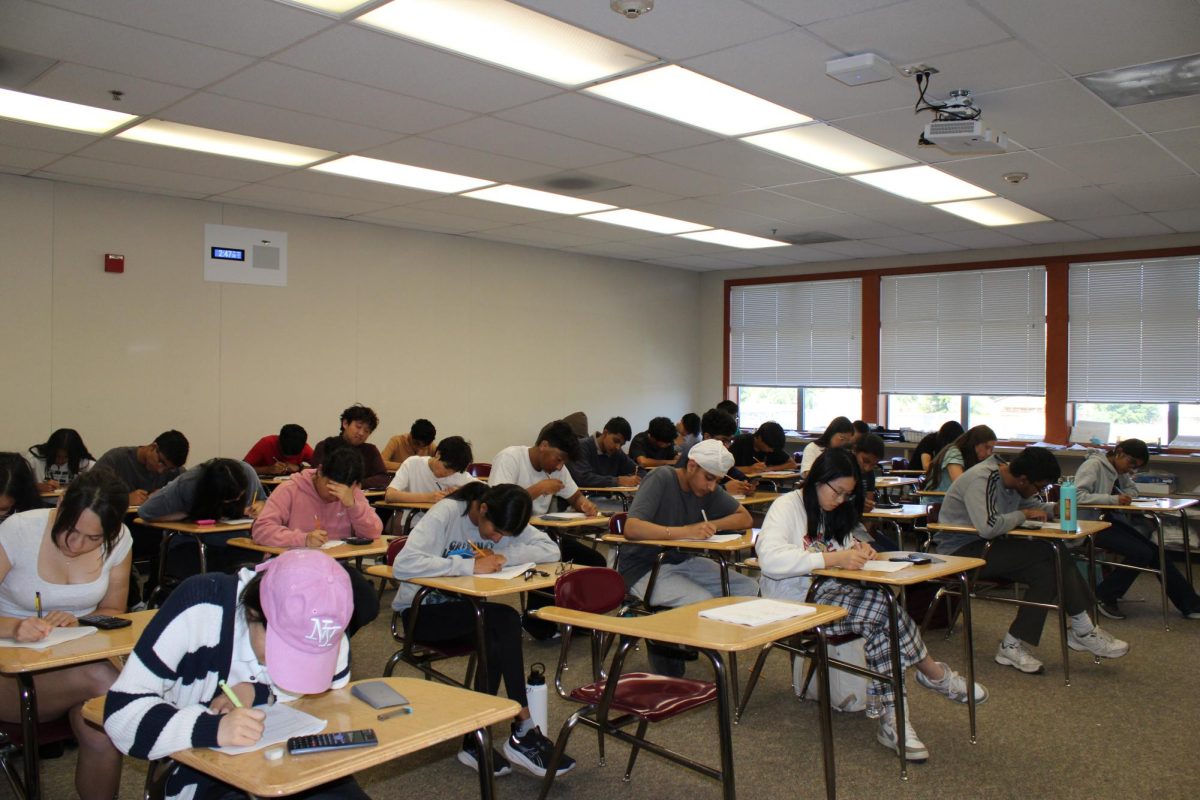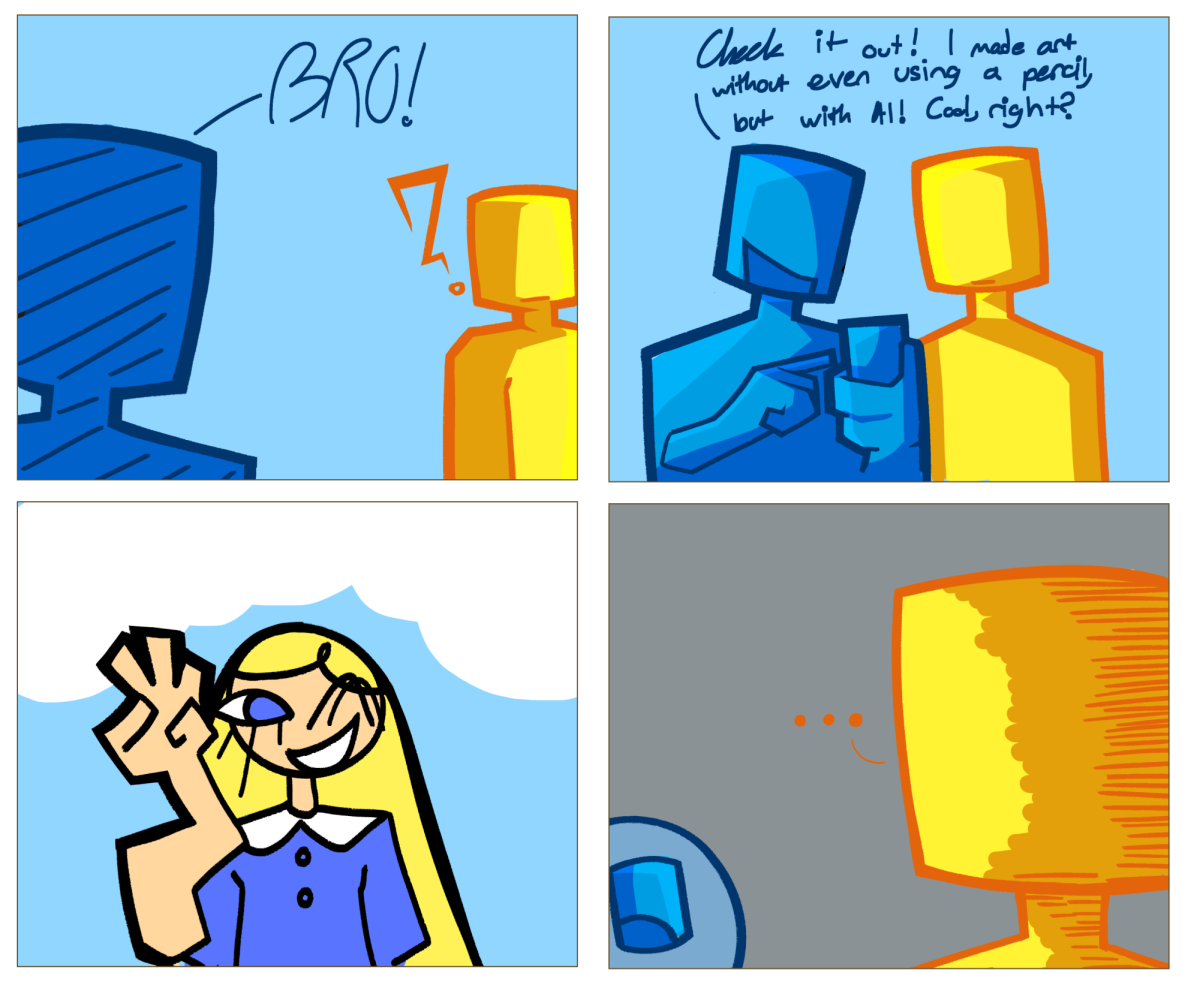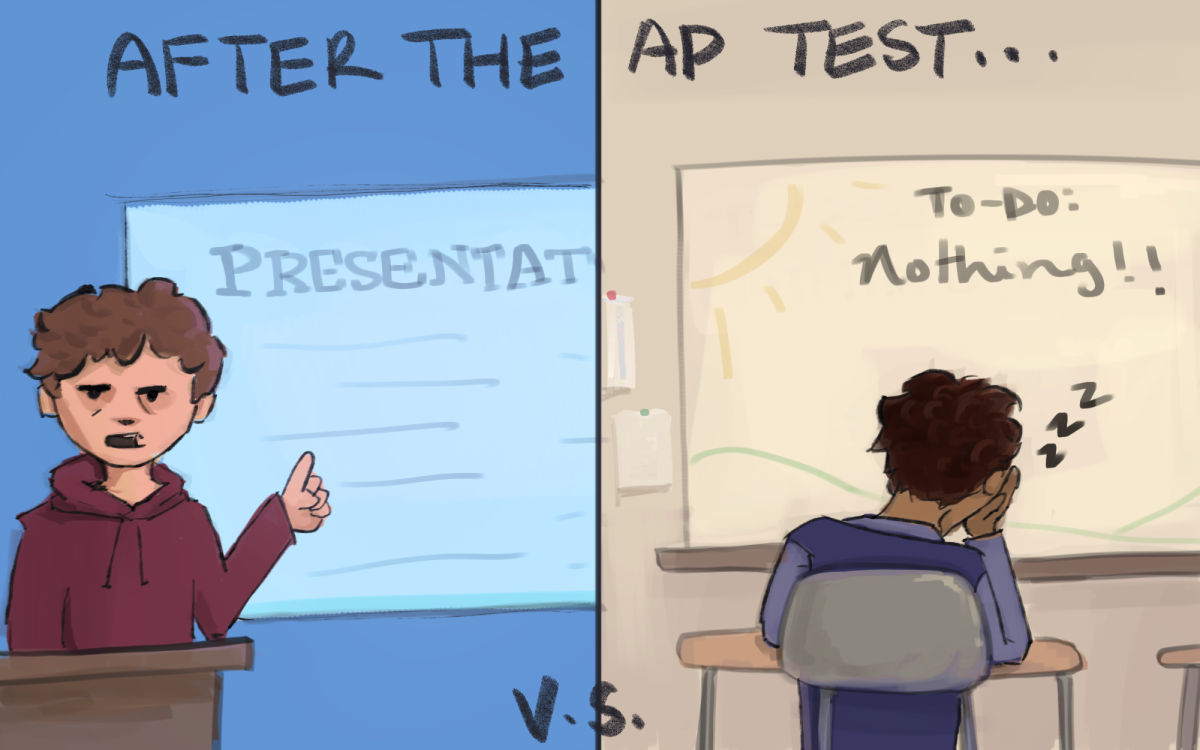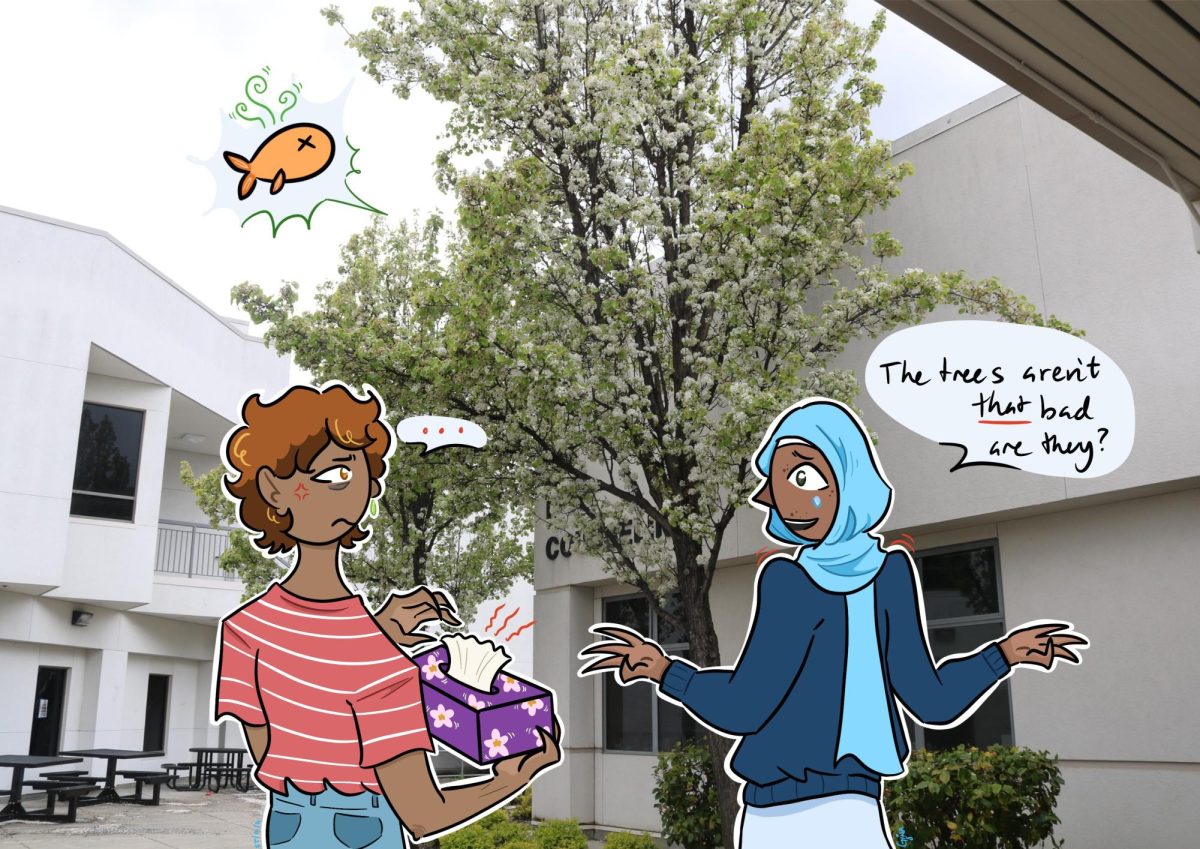On a desolate island in a bustling lunchroom, overflowing with slightly old pears, lies the share cart.
The share cart’s purpose is for any student to be able to grab fruits without waiting in line.
Raw fruits that are still left in the cart at the end of lunch are washed and served again while still in good condition, which is typically two to three days. This sounds efficient and economical, except on most days, the height of the pile of remaining fruits could compete with that of Mount Diablo.
This problem exists in tandem with the nutrition program having to transport fruits from its inventory based on a prediction of how many students will want them. And no one can foresee how popular anything, let alone a fruit, will be with high schoolers, hence the surplus.
But removing raw fruits from the menu isn’t an option, according to district guidelines.
Students are required to take at least three items on the lunch menu for a complete meal, and one item must be a fruit or vegetable. This is based on the federal nutrition standard of five cups of fruits and five cups of vegetables per week. The San Ramon Valley Unified School District’s nutrition team rigorously adheres to these guidelines.
All food is served with certain proportions in mind, district culinary supervisor Shamin Cassiere said.
But the share cart proves that these efforts to get students the food they need aren’t entirely successful. One way to reduce the number of fruit biding time in the cart fruitlessly is to incorporate them as an appetizer. Then, they feel like a more cohesive part of the meal rather than a last-minute add-on.
Examples of such appetizers include fruit salad, mini-kebabs, or bruschetta. All of these don’t need much preparation and are much more appealing for students to eat, compared to whole, uncut fruit.
Appearance is shown to make a difference. According to CBS News, baby carrots comprise 70 percent of all carrots sold in the U.S. because they’re more convenient snacks than their bigger, more imperfect counterparts.
Federal nutrition standards also state that one quarter cup of dried fruit counts as one half cup of fruit. This invites the opportunity to also add more dried fruit snacks, such as raisin-based products, to the breakfast menu. Raisins can be added to lunch meals like fried rice and salads as well.
Cal’s fall menu is already planning to focus more on improving how fruits and vegetables are included in meals, Cassiere said. This menu started on Sept. 18.
Now the lunch program needs to continue to actually incorporate fruits year-round, not only in the fall, to minimize preserving leftover fruits. Raw fruit can still be provided but in lesser quantities.
What matters is that meals are easy for those making them and those eating them. Presenting fruits in a more appealing and approachable way will achieve this, leaving fewer two-day-old pears in the share cart and more to be actually shared.
Lunches lack a-peeling fruit
October 5, 2023
More to Discover
